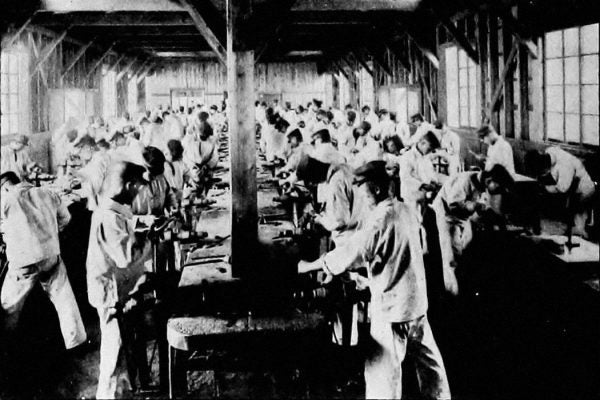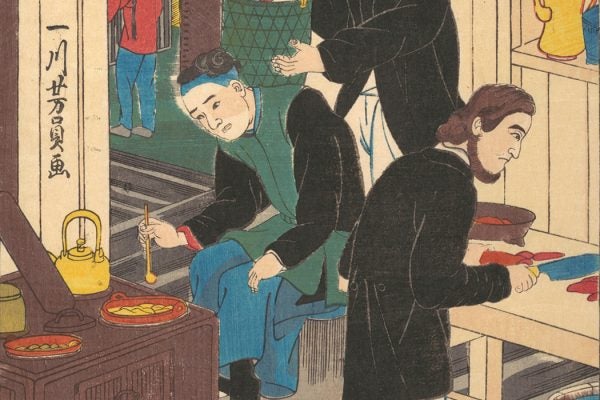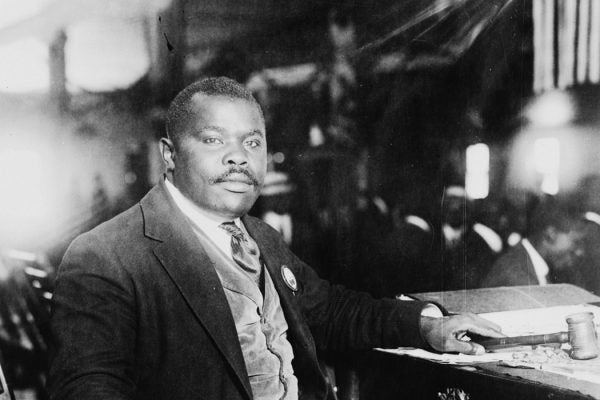The Unlikely Role of Kitchens in Occupied Japan
After World War II, "occupationaries" tried to spread American-style domesticity to Japanese women.
How the H-Bomb Led to a Reckoning in Japan
For years, the trauma of the atomic bomb was hardly talked about in Japan. The H-bomb test at Bikini Atoll changed that.
When Scientific Management Came to Japan
Japanese workers, many of them women, worked up to 17 hours a day in the early 20th century. Yet experts still wondered why they “wasted” time.
A History of Human Waste as Fertilizer
In eighteenth century Japan, human excrement played a vital role in agriculture. Can similar solutions help manage waste today?
Selling Toys with the Sailor Moon Transformation Sequence
From her nails painted glossy red to the tiara appearing on her forehead, if you time it out, the transformation in Sailor Moon lasts 40 seconds.
What Is the #KuToo Movement?
Japanese women are protesting the widespread policy of mandatory high heels at work.
Restaurants Built Modern Japan’s Identity
In the early 20th century, Japan's embrace of exotic cuisines helped strengthen its connections both to China and to the West.
Pssst. Exotic Animals Don’t Make Good Pets
They might be cute, but animals like otters are difficult to take care of. Plus, there are ecological concerns inherent in removing them from the wild.
Black Radicalism’s Complex Relationship with Japanese Empire
Black intellectuals in the U.S.—from W. E. B. Du Bois to Marcus Garvey—had strong and divergent opinions on Japanese Empire.
When the Elderly Poor Are Left Behind
In Japan, elderly people are committing crimes just so they can go to jail and feel cared for. A similar situation has played out in India, where the elderly have been left out of traditional social support networks.









